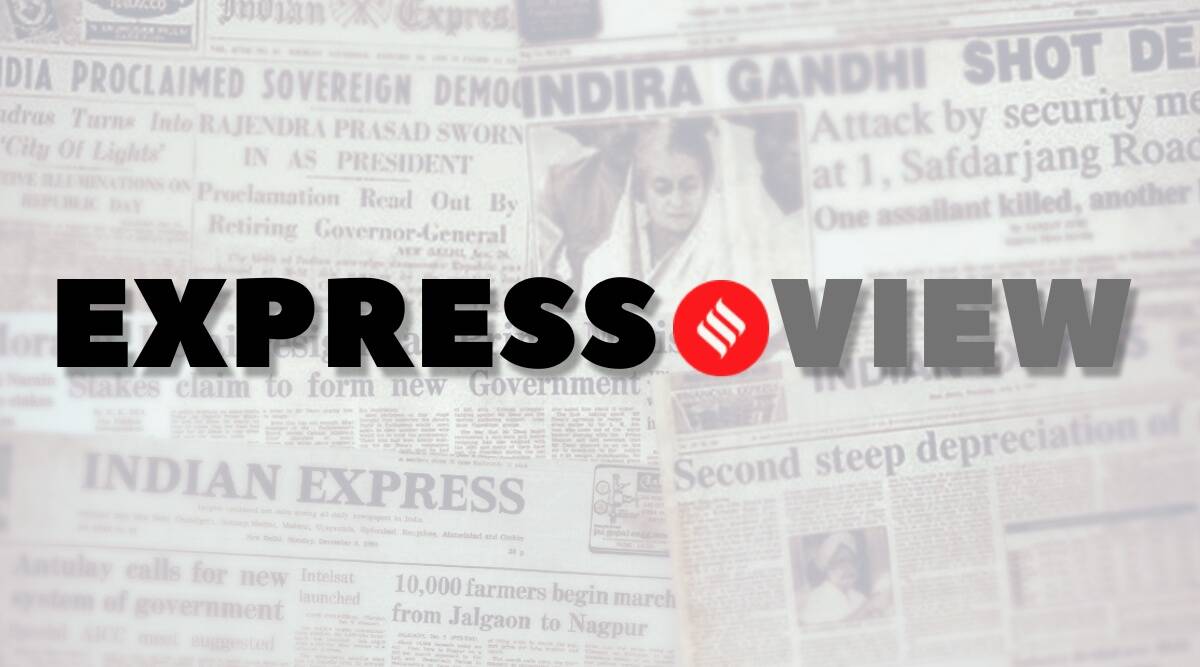 The Opposition, rendered invisible from Thursday's event, would nevertheless do well to listen carefully to the PM's speech from Kartavya Path.
The Opposition, rendered invisible from Thursday's event, would nevertheless do well to listen carefully to the PM's speech from Kartavya Path.Kartavya Path, the remade Rajpath, stretches from Rashtrapati Bhavan to India Gate in the national capital. But as Prime Minister Narendra Modi inaugurated it on Thursday, he located it at the heart of a large and grand project — much larger and much grander than the Central Vista revamp of which it is a part. In PM Modi’s narration, the Kartavya Path is the symbol of a nation freeing itself of “ghulami ki mansikta (colonial mindset)” by erasing the vestiges of the past. There are other symbols of this erasure — he mentioned the renaming of Race Course Road to Lok Kalyan Marg, filling the Beating Retreat ceremony with homegrown song, altering the “samay aur tareek”, the rhythm and beat, of the annual presentation of the Union Budget. It wasn’t just a symbolic change. A new architecture was also needed in this “aitihasik kshan”, historic and transformational moment, he said, to house the “aatma” or national consciousness that was being born. It required a whole new “cultural infrastructure”, in fact, which encompasses not just places of pilgrimage and centres of faith, but also monuments connected to national heritage and heroes relegated by those who told the earlier histories. The road to “sarvshreshtha Bharat (nation at its best)” of the future also passes through Kartavya Path, the PM said.
The width of the project, the depths it seeks to touch and trawl, were framed in the PM’s speech from Kartavya Path on Thursday. For him and his party, 2014 inaugurated a rupture — not just a change from politics-as-usual in the erstwhile Congress-dominated system, but a deeper and more fundamental cultural shift. That shift is now being mapped and consecrated on the nation’s landscape, one renaming, one makeover, and one take-over at a time, all packaged as new India in the making. And yet, while the ambition is clear, the harping on the “colonial mindset”, a thinly veiled attack on the supposedly westernised elites that have profited from the old order, also points to a paradox. For all its clarion call to the more empowered India of the future, the PM’s project seems far too preoccupied with a past that has either lost its power to cramp the nation’s present and future, or has become so entangled with it that separation seems to be a hopeless endeavour. The “colonial hangover” in a nation that is mostly young, embracing new technologies and facing the world more confidently, and finding its stride in the digital age, is a fading spectre better left to die on its own. It doesn’t need a monument built to commemorate its passing.
The Opposition, rendered invisible from Thursday’s event, would nevertheless do well to listen carefully to the PM’s speech from Kartavya Path. To get a sense of the fact that its challenge is bigger and more daunting than it thinks it is — it is facing an opponent who is armed not just with politics and a policy, but also, more primally, with the will to erase and create.